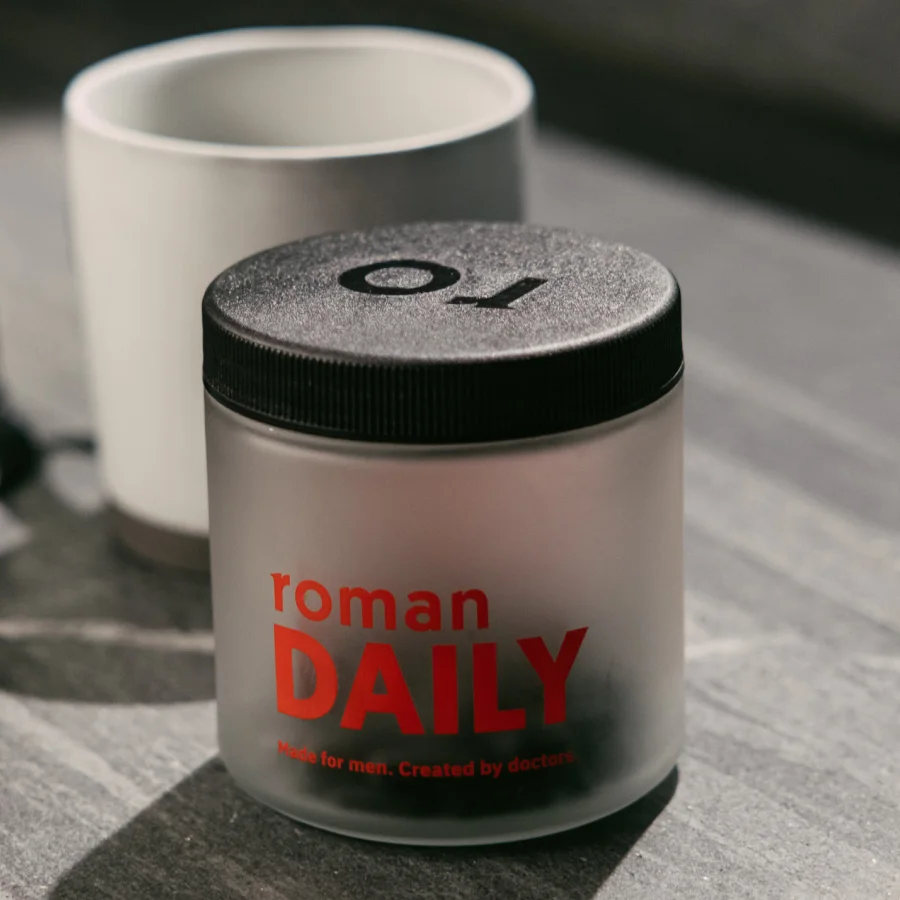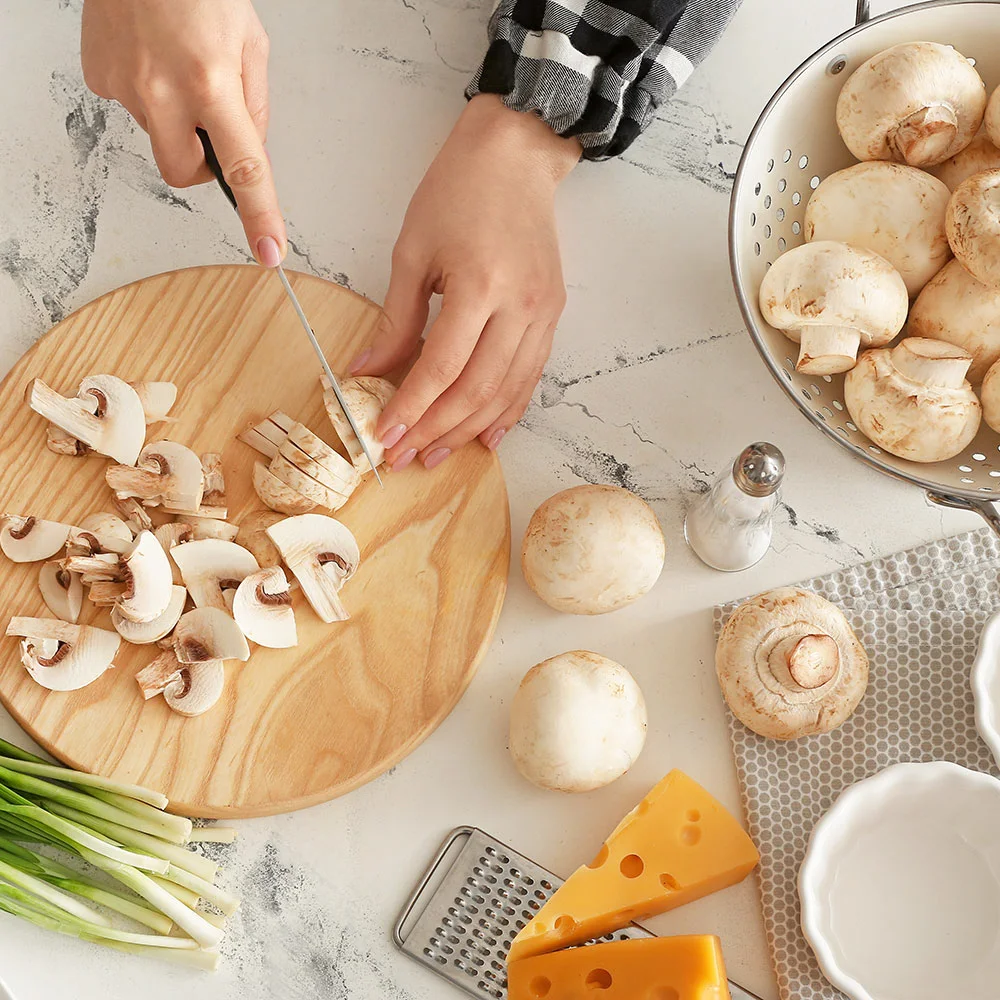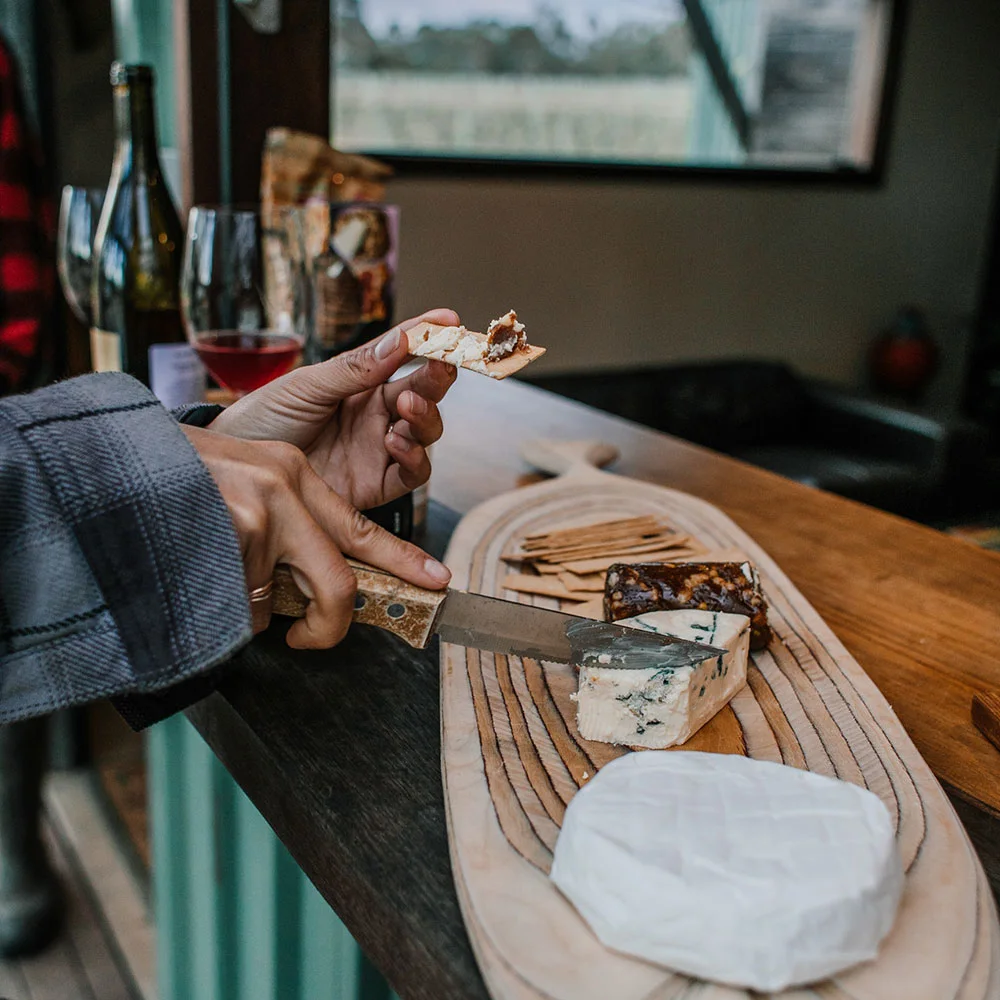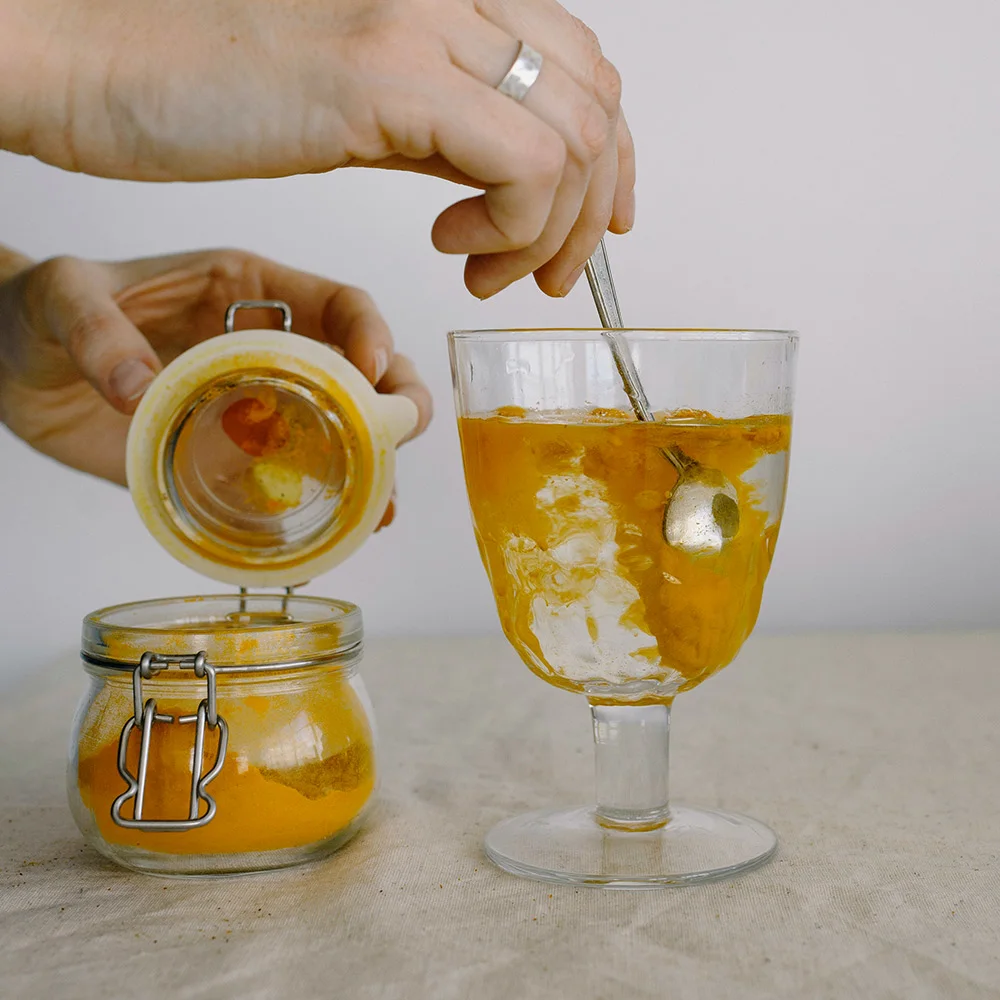Getting enough zinc? These 7 foods are packed with it

Reviewed by Mike Bohl, MD, MPH, ALM,
Written by Linnea Zielinski
last updated: Dec 01, 2021
4 min read
Here's what we'll cover
There’s a group of nutrients we need that are tiny but mighty. We only need small amounts of them––generally numbers that are pretty easy to hit through our diets––but they play a role in numerous essential functions in our body.
Zinc, a mineral and trace element, is one of them. And even though the recommended dietary allowance is only 11 mg per day for adult men and 8 mg per day for adult women, a deficiency can be debilitating.
Zinc affects not only your ability to taste, smell, and continue a normal hair growth cycle, but it also maintains wound healing, boosts immune function, fights off the common cold, and forms DNA and proteins.
This crucial mineral also touches our metabolisms in many ways, from affecting levels of hunger hormones to producing vital thyroid hormones. Its health benefits include normal functioning of all of these processes as well as potentially slowing age-related macular degeneration, which is a disease of the eyes.
Foods high in zinc
Although, as you’ll see, it’s easiest to get your dietary zinc from red meat and seafood, vegetarians and vegans have plenty of options as well.
Older adults should try to incorporate more of these zinc-rich foods in their diets as surveys find that 20–25% of Americans age 60 and older don’t get enough of the mineral, even with zinc supplements.
The absorption of zinc into the body actually competes with the absorption of copper, which is also necessary for certain bodily functions. If you are increasing your intake of zinc, you may also want to think about increasing your intake of copper (NIH, 2019).
Try to incorporate several of these seven foods into your daily diet to get you closer to consistently fulfilling your daily zinc needs (USDA, 2019).
Shellfish
If there’s one source of zinc that everyone knows about, it’s oysters. Just one Eastern oyster packs 5.5 mg, while one larger Pacific oyster will give you 18.9 mg, making it one of the best sources of the mineral out there.
But if you’re not into raw seafood, you can also reach for crab (3.81 mg of zinc in 100 g), shrimp (1.64 mg in 100 g), or mussels (3.19 mg in 100 g). Pregnant women should make sure their seafood is cooked, so raw oysters and shrimp cocktails are off the menu for now.
Meat
Although red meat is the greatest source of dietary zinc in the carnivorous area, chicken is also an option and can help you meet your daily recommended allowance.
You’ll get 4.23 mg of zinc in 100 g of ground beef, but you can swap that out for the same amount of pork for 1.93 mg. You can also eat lamb for 3.41 mg or bison for 4.59 mg of zinc.
Other cuts, such as flank steak for beef or pork chops for pork, have good zinc content. These are all excellent sources and you can rotate through them for variety in your menu without compromising your zinc levels. Opt for white meat like ground chicken and you’ll get 1.47 mg toward your daily dietary zinc from the same 100 g.
Nuts and seeds
Speaking of things that are small but mighty, nuts and seeds are good sources of zinc. Leaning on them heavily for your zinc intake might not be an option since they are high-calorie, but they can help get you closer to your RDA.
Grab 1 ounce of almonds (about 23 kernels) for 0.885 mg zinc or 1 ounce of cashews for 1.64 mg. Sprinkle 1 ounce of pumpkin seeds or three tablespoons of hemp seeds on your soup or salad for an additional 2.21 mg or 2.97 mg of the mineral.
Legumes
We know you’re wondering about peanuts. These beloved legumes aren’t the best source of dietary zinc––one tablespoon of peanut butter contains just 0.402 mg. While it does count toward your daily intake, you’re better off relying on other legumes like chickpeas and lentils.
Each is a good source of zinc––chickpeas 1.08 mg per 100 g serving and lentils are 1.27 mg––though both contain phytates. Phytates are compounds that can bind with zinc, making it harder to absorb. But you can easily reduce them by soaking, sprouting, fermenting, or cooking plant foods.
You really can’t go wrong with beans, though, so don’t feel limited to these options. They’re some of the best foods to get enough zinc for those following vegetarian diets. So whether you reach for chickpeas or kidney beans matters less than making sure they’re consistently present in your diet.
Whole grains
Whole grains contain phytates like legumes, which means it can be hard for your body to absorb zinc from them. Still, they offer a whole host of health benefits in addition to being food sources of zinc, and they’re well worth taking the time to soak in order to get their mineral content.
Quinoa, for example, packs 2.02 mg in a 1 cup serving. Sourdough bread is an easy option since one slice provides 1.45 mg and the grain has already been fermented, which is what makes it sour.
Some breakfast cereals are also good options and potentially a way around phytate-zinc interactions. Choose a whole-grain cereal that has been fortified and you’ll get around 4.68 mg per 1 cup serving.
Plus, vitamins and minerals added through fortification don’t seem to be blocked by phytate the same way as naturally occurring nutrients (Lönnerdal, 2000).
Dairy products
Dairy products aren't only delicious but may be some of the best ways to get enough zinc. That’s because products like milk and cheese not only contain large amounts of zinc.
It’s also bioavailable, meaning your body can more easily absorb the mineral. A stick (28 g) of low-fat cheddar contains 1.26 mg of zinc and a cup of skim milk has 1.02 mg (Roohani, 2013).
Dark chocolate
This is probably the most delicious way to boost your intake of zinc and prevent zinc deficiency. We don’t recommend trying to get all of your zinc from dark chocolate––as delicious as that sounds––since large amounts can be quite caloric.
But 1 ounce of dark chocolate with 70–85% cocoa solids will give you a respectable 0.938 mg. Try to look for a bar with relatively low sugar content, so you’re not getting additional calories along with this essential nutrient.
DISCLAIMER
If you have any medical questions or concerns, please talk to your healthcare provider. The articles on Health Guide are underpinned by peer-reviewed research and information drawn from medical societies and governmental agencies. However, they are not a substitute for professional medical advice, diagnosis, or treatment.
Lönnerdal Bo. (2000). Dietary Factors Influencing Zinc Absorption. The Journal of Nutrition, 130(5S Suppl), 1378S–1383S. doi: 10.1093/jn/130.5.1378s. Retrieved from https://pubmed.ncbi.nlm.nih.gov/10801947/
National Institutes of Health: Office of Dietary Supplements. (2019). Health Information: Zinc. Retrieved from https://ods.od.nih.gov/factsheets/zinc-HealthProfessional/
Roohani, N., Hurrell, R., Kelishadi, R., & Schulin, R. (2013). Zinc and its importance for human health: An integrative review. Journal of Research in Medical Sciences, 18(2), 144–157. Retrieved from https://www.ncbi.nlm.nih.gov/pmc/articles/PMC3724376/
U.S. Department of Agriculture. FoodData Central. (n.d.). Retrieved October 20, 2019 from https://fdc.nal.usda.gov/index.html










